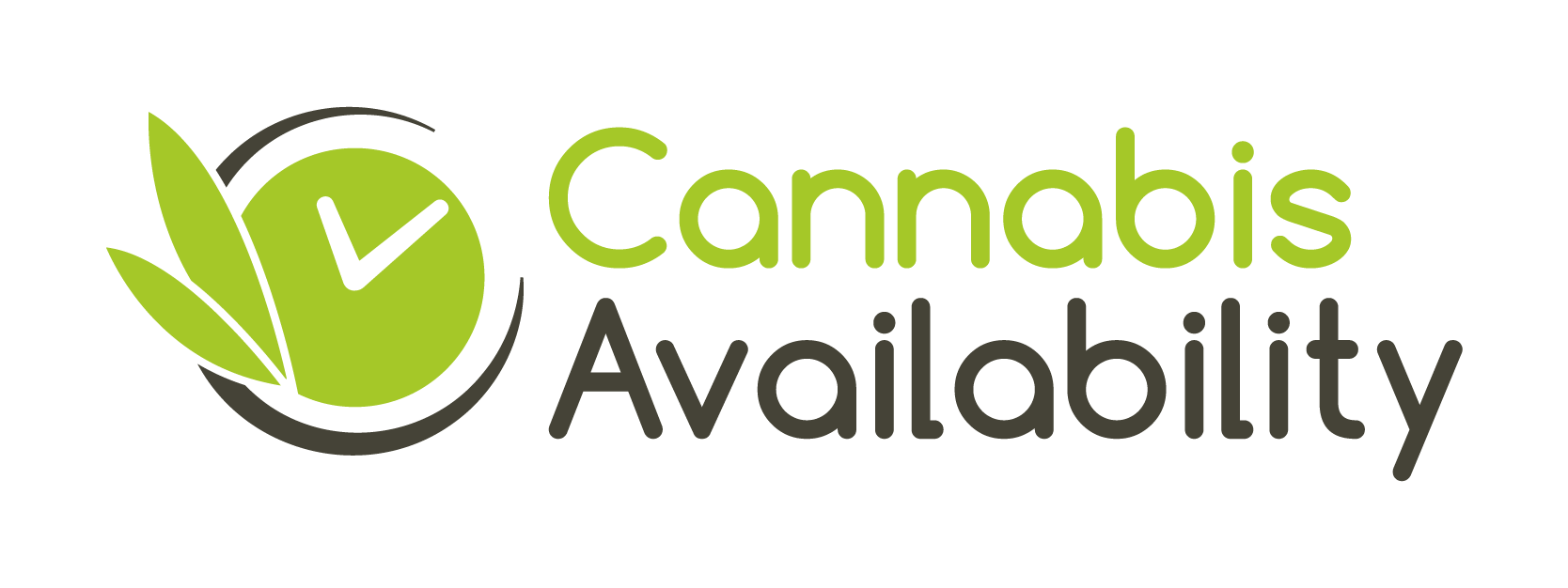Many cannabis customers are surprised when visiting two locations of the same dispensary chain only to discover that the menu looks different. From the shopper’s perspective, this can be frustrating—especially if they expect consistency across all stores. However, several important factors explain why the same products are not always available everywhere.
First, cannabis supply chains operate within state boundaries. Because federal law prohibits transporting cannabis across state lines, each state has its own closed ecosystem of cultivators, manufacturers, and distributors. That means a product a customer enjoys in Nevada may not exist in California—even if it’s sold under the same chain’s banner.
Second, regulations vary widely not just by state, but sometimes by county or city. Customers may notice packaging or labels that look different from one location to another. Local laws dictate what products can be sold, what warnings must appear, and even how potency is displayed. As a result, some items may be permitted at one store but unavailable at another, even within the same chain.
Third, customers are also affected by inventory systems and compliance requirements. Most states require strict seed-to-sale tracking. If a batch doesn’t pass testing, is flagged for review, or lacks the proper paperwork, it cannot be sold. One store might have access to compliant inventory while another is waiting, creating uneven product availability across locations.
Fourth, demand plays a role. Dispensary chains adjust their product mix based on local shopping habits. A location in a busy tourist district may focus on pre-rolls and vape cartridges that sell quickly, while a suburban medical-oriented store might carry more tinctures and capsules. For customers, this means menus are tailored to local preferences rather than standardized across every store.
Fifth, operational realities shape what ends up on the shelf. Some stores have limited storage, different delivery schedules, or varying capacity to handle certain products like chilled beverages. Customers might notice products appearing at one location days before they show up elsewhere, especially around holiday releases or promotions.
Finally, exclusivity and vendor agreements come into play. Some brands limit their products to specific stores or test new products in select locations before rolling them out more broadly. Customers may find “store-only” exclusives or promotional drops that are not available elsewhere.
From a customer’s perspective, the result is a patchwork of assortments—even within the same chain. While this can be confusing, it also offers benefits: certain stores may carry unique items worth seeking out. By checking online menus ahead of time and asking budtenders about availability, shoppers can better plan their visits and avoid disappointment.
Learn More: Smart Shopper Tips for Checking Cannabis Availability
